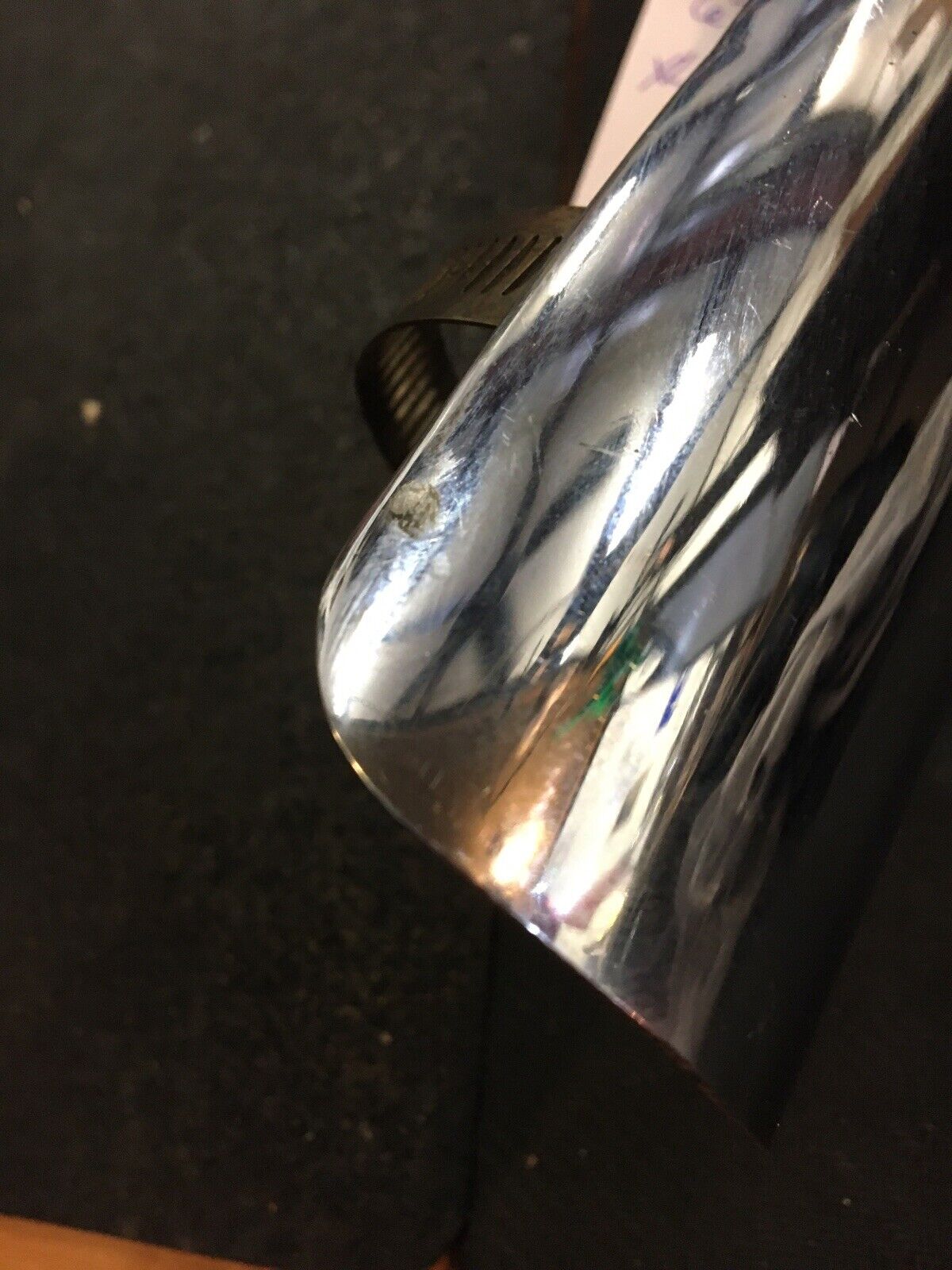
Similarly, other selection factors may exist for summer roosts, as they showed only a weak difference in terrestrial predation risk and no difference in microclimate in comparison to random sites. We concluded other selection factors likely exist for winter roosts because microclimate and predation risk assessments between winter roosts and random sites showed no difference.

There were minor issues of habitat selection of winter or summer roosts based on predation risk (e.g., 95% CIs of vegetation profiles of summer roosts and random sites did not overlap at lower strata). Summer roost temperatures were similar to paired random sites (x̄ = 13.9☌, SE = 0.6 for roost, x̄ = 13.9☌, SE = 0.7 for random) as were winter roost temperatures (x̄ = -1.3☌, SE = 0.7 for roosts, x̄ = -1.4☌, SE = 0.8 for random). Summer coverts showed fewer degree-minutes of hyperthermic exposure (blackbody temperatures >39☌ x̄ = 655.0, SE = 4.1 for coverts, x̄ = 2,255.5, SE = 4.9 for random 1200-1600 hr) and a lower risk to predators (e.g., 95% confidence intervals of angles of obstruction = 87.8-90.8° for coverts, 55.9-70.6° for random).

We obtained blackbody temperatures of microclimates and assessed predation risk (angles of obstruction for aerial predators, vegetation profiles for terrestrial predators) at stopping points and paired random points. Stopping points were located using radiomarked bobwhites in the Texas Panhandle, USA, during 2002-2003. Therefore, we compared microclimate and predation risk as factors influencing the selection of stopping points (mid-day coverts, nocturnal roosts) by northern bobwhites (Colinus virginianus). Knowledge of factors that influence habitat selection by wildlife leads to better understanding of habitat ecology and management.


 0 kommentar(er)
0 kommentar(er)
